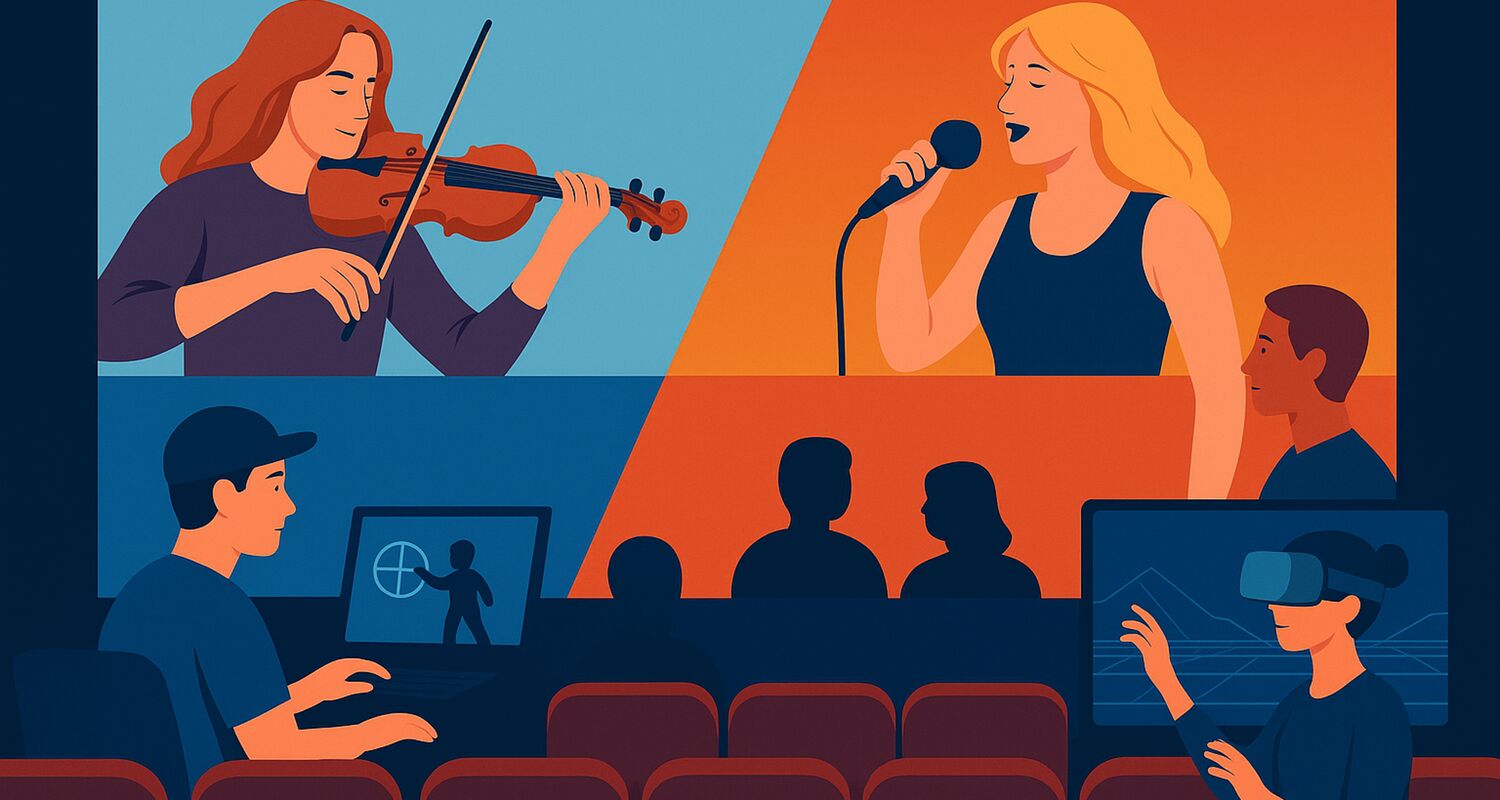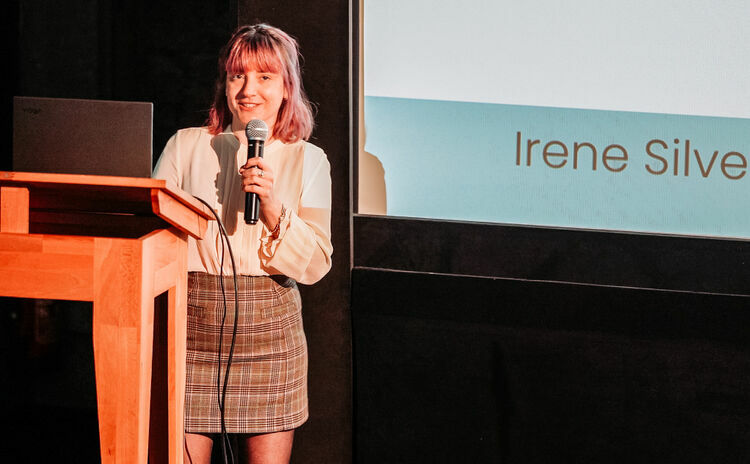Reinventing Programming
Cinema programming is no longer just about screening films.
Event cinema, once a niche, is now a staple. The global success of Taylor Swift: The Eras Tour or the enduring appeal of André Rieu concerts are among the most visible examples. From K-pop screenings attracting dedicated fan communities to smaller local shows and recorded performances, these events are now firmly part of the programming mix.
Yet many still follow the structure of standard film screenings. The potential of “alternative content” goes much further. Beyond filmed performances, a growing range of experiences are tapping into what cinema spaces and their audiences uniquely offer.
This shift also creates exciting opportunities for content that was never designed for cinema in the first place, connecting with audiences in fresh and creative ways.
Bringing creator content to the big screen
YouTube, now in its 20th year, has become the top platform for video viewing, recently surpassing both streaming and traditional TV watch time, well ahead of Netflix and Disney Plus. Online creators deliver high-quality content to vast audiences at a fraction of film production costs. Yet such content remains rare in cinemas.
In September 2024, French YouTuber Inoxtag premiered a video a day before its online release. It drew 300,000 viewers across 800 screenings in just two days, and 43 million online views soon after. The sold-out premiere at Le Grand Rex gathered 2,700 fans. Several French YouTubers have since sold out Le Grand Rex, proving this success is no one-off.
These achievements raise important questions: how can cinemas help creators bring their communities together offline, tap into this growing content stream to reach young audiences, and develop business models that work for both sides, especially when most videos are free online with minimal delay?
In the United States, initiatives like Creator Camp show creators’ passion for cinema. Its 2024 Camp Film Fest in Austin featured shorts and a feature-length title, all made by online creators in a very short timeframe.
A parallel creator-led ecosystem is emerging, calling for new collaboration models. Cinemas can play a central role, offering authentic, community-driven experiences that align with creator values.
Young audiences already visit cinemas. The real challenge is offering stories that truly resonate and keep them coming back. As online and physical spaces merge, interactive storytelling and gaming may be the next frontier.
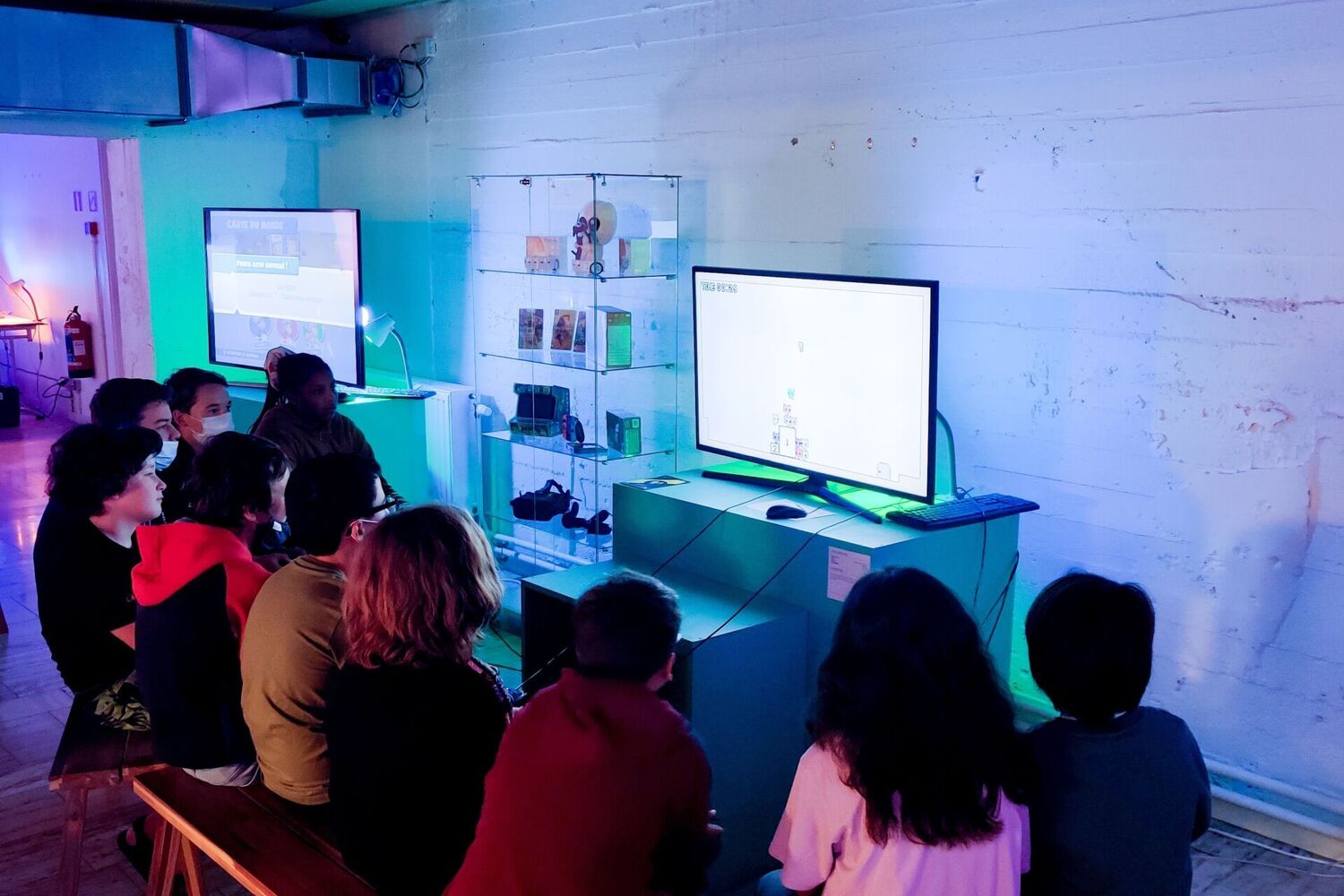
Gaming on the biggest screen
Gaming and cinema have always seemed like a natural match. Screenings of esports competitions have surged in recent years, helping cinemas diversify programming and attract younger visitors.
What if audiences could play together on the big screen? Hosting gaming parties featuring multiple computers is costly and complex, yet simpler options can work. Renting a cinema for multiplayer gaming offers an accessible entry point. However, these are typically one-off events with unpredictable returns. A major hurdle is identifying the rights holder locally and convincing studios to agree to a rental fee, since no formal collaboration framework exists.
Some European initiatives have gone further. In Belgium, independent cinema Quai10 blends film and video games as part of its core identity. It combines five screening rooms with a dedicated gaming space, open free to the public four days a week. Quai10 offers guided access to a curated selection of international and local independent games, with a programme prioritising accessibility and inclusion, educating teenagers through social issue exploration and skill development.
Spielfabrique’s Kino Games links video game specialists, a film festival and five venues across Europe. In 2024, it ran 15 events, from family-friendly screenings and gaming sessions to tournaments, masterclasses, documentaries, and a Horror Night festival blending games and cinema.
But if audiences can enjoy games together on the big screen, what happens when they can step inside the experience?
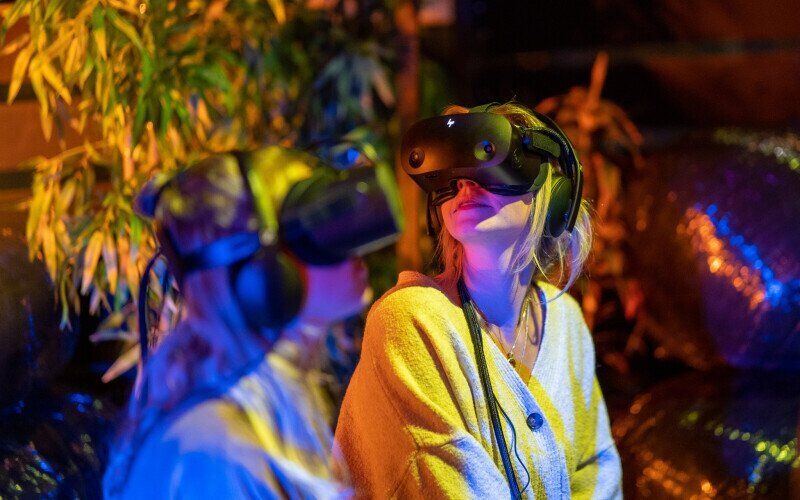
Finding the right XRecipe
A wave of bold new projects is showing how Extended reality (XR) can be integrated into cinemas in practical and sustainable ways that excite audiences.
Since the 2024 Cannes Film Festival, the new Immersive Competition has firmly brought XR into cinema, showcasing artists who push storytelling into interactive territory. At the 2025 edition, the French government announced winners of its “Immersive Culture and Metaverses” funding, including Diversion’s Territoires Immersifs, which will equip 30 French cinemas with VR setups, programming, and staff training.
In the Netherlands, Nu:Reality offers a blueprint for integrating XR into regular programming. After a successful pilot, VR became a permanent feature in seven local cinemas in 2024. Its interactive VR hubs host two participants at a time, while group VR screenings can welcome up to 25 people for a full 360° experience. The programme focuses on socially relevant content and is supported by marketing material, staff training, research, and education. This approach has attracted thousands of visitors while filling quiet time slots between screenings.
XR will not replace traditional cinema, but it can open exciting new possibilities that attract fresh audiences and reimagine the cinema space. With the right model and a steady flow of content, immersive storytelling can evolve from novelty to a sustainable part of cinema culture.
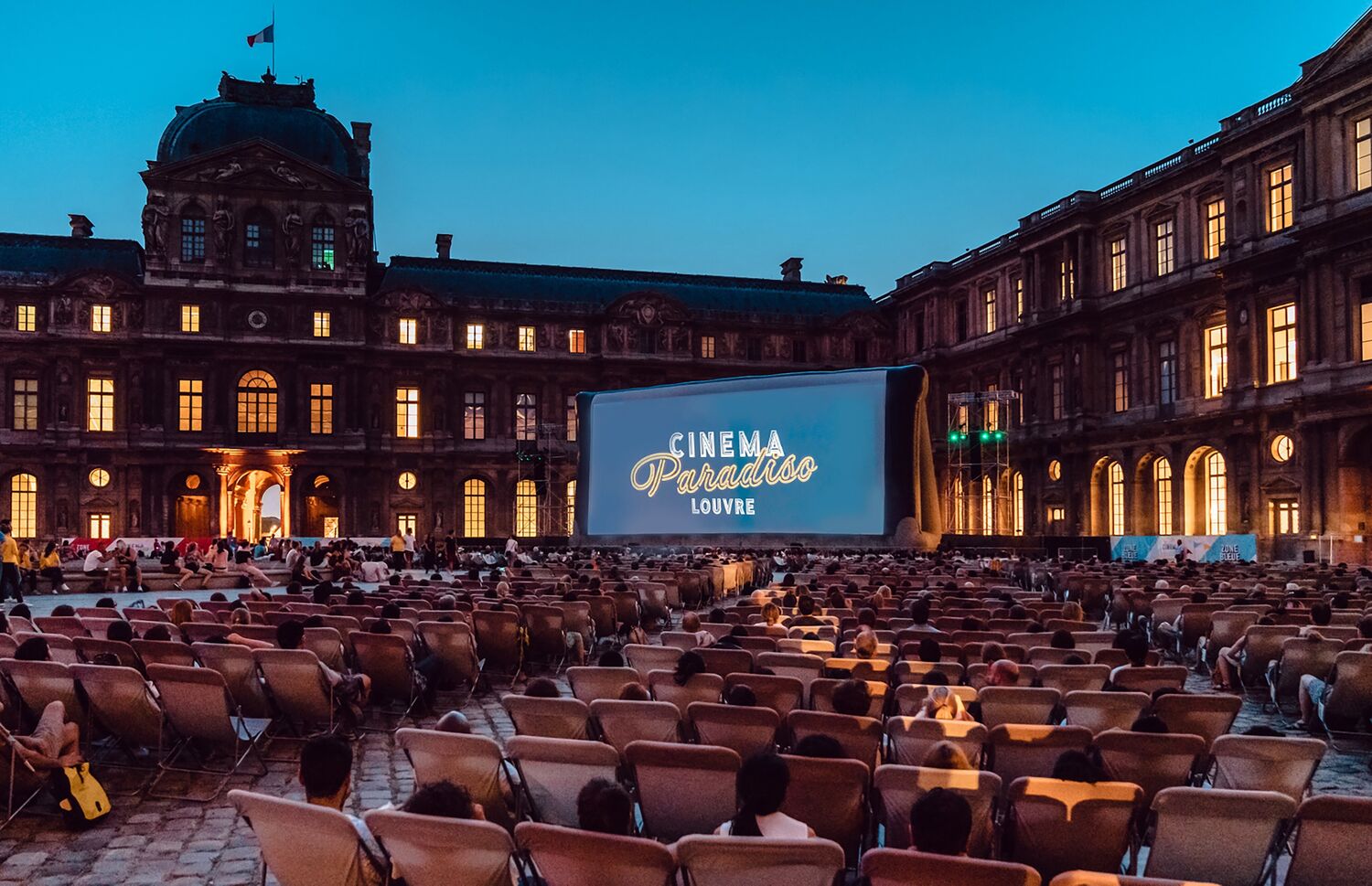
Dare to be creative
There is no limit to how creative you can be with your programming. At a time when loneliness is a growing concern in our digital age, cinemas have a unique opportunity to help people connect and step out of their comfort zones by offering fresh and memorable experiences.
Food and film pairings can enrich cinema visits, as explored in another HUB article, drawing diverse audiences through the shared pleasures of cuisine and storytelling.
Knitting in cinema may sound niche, but it has become a charming European trend. From Fyrisbiografen’s Stickbio in Sweden to Berlin’s Yorck Kinogruppe Craft Club and Paris’s Studio des Ursulines Ciné-Mailles, these gatherings blend community and creativity in a calm, meditative setting.
Pop-up collaborations are also thriving. MK2’s Cinéma Paradiso festival returned this summer with free screenings, concerts, and a food court in the Louvre’s Cour Carrée. In the Netherlands, Pathé has hosted Pitchblack Playback sessions for new album releases, where audiences listen in complete darkness with sleep masks and the cinema projector turned off.
Not every idea suits every venue, but these initiatives show the vast potential for partnerships and inventive programming to create lasting memories.
Here are some key takeaways to explore with your team:
- Expand formats beyond film: integrate event cinema, live music, gaming, XR, and creator content into your regular programme.
- Partner with new talents: collaborate with online creators, game developers, and immersive artists to reach fresh audiences.
- Experiment with hybrid experiences: pair screenings with live performances, social gatherings, or interactive sessions.
- Fill the quiet slots: use downtime for alternative events that build loyal niche communities.
The key is clear: boldness and creativity are essential to shaping cinema’s future. Those who dare to experiment and collaborate will lead the way.
02.10.2025

Guillaume Branders
Guillaume Branders is the founder of studio funambule, a consultancy that helps film and cinema professionals connect, grow, and innovate. Based in Belgium, he has been immersed in the cinema industry for almost 15 years. Starting at Cinema Aventure, an arthouse venue in the center of Brussels, he later worked as the Head of Industry Relations at UNIC, the trade association of European cinemas and their national associations. After two years working for a cinema software company, he decided to launch his own venture and explore new ways to drive innovation in the cinema industry. more from the author
